Automating Efficiency:
Streamlining the Nomination, Management & Judging Process for Award Events
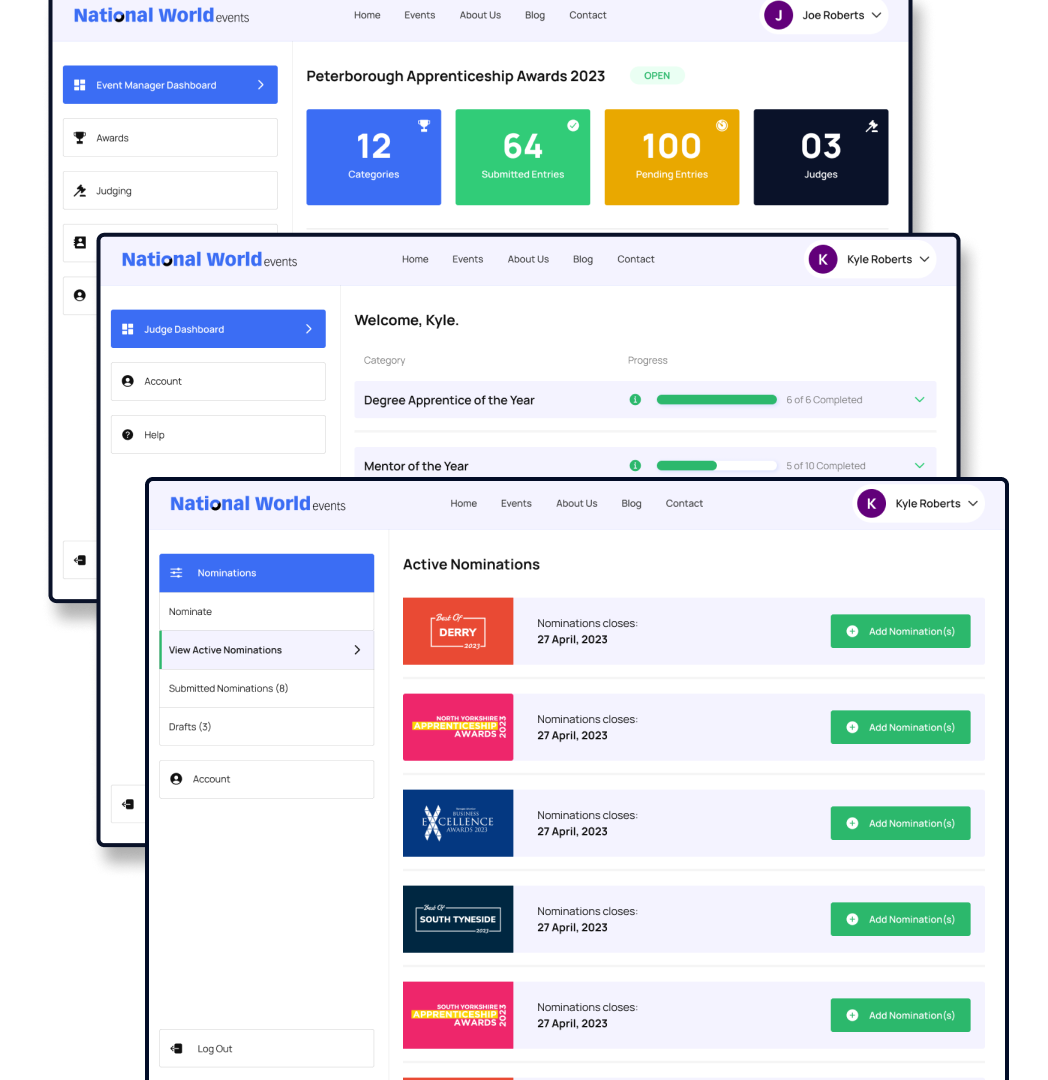
£50k+ saved pa
from previous platform fees
100+
events run more efficiently
1120+
hours saved
100%
control and customisability
Introduction
Client and Background
Research and planning
User Research: Surveys and interviews were conducted with nominators, judges, and event managers to gather insights into their experiences and pain points with the existing system.
Stakeholder Input: The event involves numerous stakeholders, including hundreds of nominees, a panel of distinguished judges, and a team of event managers. Efficient and user-friendly dashboards are critical for smooth operation. Regular meetings with event managers and key stakeholders helped identify critical requirements and set clear goals for the redesign.
Portal Users and their Objectives
Nominators
Judges
Event Managers
design goals and proposed solution
1. Enhance User Experience
Goal: Improve the dashboard structure to make it easier for users to find what they need.
Proposed Solution: Implement a clean and modern interface design with intuitive navigation, easy-to-access features, and a consistent layout across all dashboards.
2. Increase Efficiency and Productivity
Goal: Streamline the nomination, collation, and judging processes to save time and reduce manual effort.
Proposed Solution: Implement automated notifications, reminders, and data collation to streamline workflows and ensure timely progress amongst the end-users and judges.
3. Enhance Reporting and Analytics
Goal: Provide comprehensive reporting and analytics tools to monitor progress and outcomes effectively.
Proposed Solution: Integrate reporting features that allow event managers to generate detailed reports on nominations, judging scores, and overall event progress. Include visual analytics tools such as graphs and charts.
4. Ensure Scalability and Flexibility
Goal: Design a system that can accommodate future growth and changing requirements.
Proposed Solution: Build a scalable architecture that can handle increasing numbers of nominations and users. Use modular design principles to allow for easy updates and the addition of new features.
process
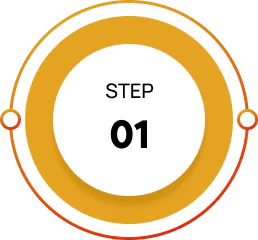
Discovery & Research
- Stakeholder Interviews & User Surveys: Gathered insights from event managers, judges, and nominators to understand their needs and challenges.
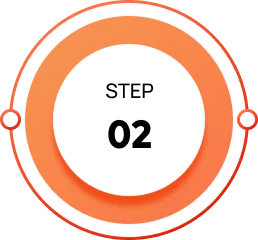
Planning & Strategy
- Goal Setting: Defined clear goals focused on user experience, workflow efficiency, and data management.
- Feature Prioritization and Roadmap Development: Prioritized features and created a detailed project roadmap.
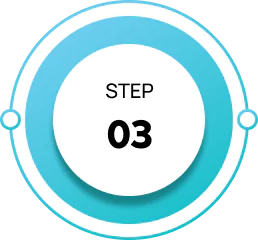
Design & Prototyping
- Wireframing and Prototyping: Developed wireframes and interactive prototypes to visualize and test user flows.
- User Testing: Conducted usability testing to refine the designs based on feedback.
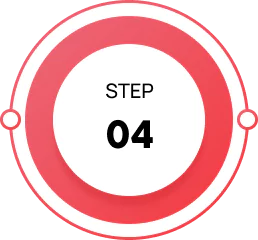
Development
- Agile Methodology: Adopted an agile approach for iterative improvements.
- Backend & Frontend Development: Developed a robust backend system and a responsive, intuitive frontend interface.
final design
Nominators (Primary Users)
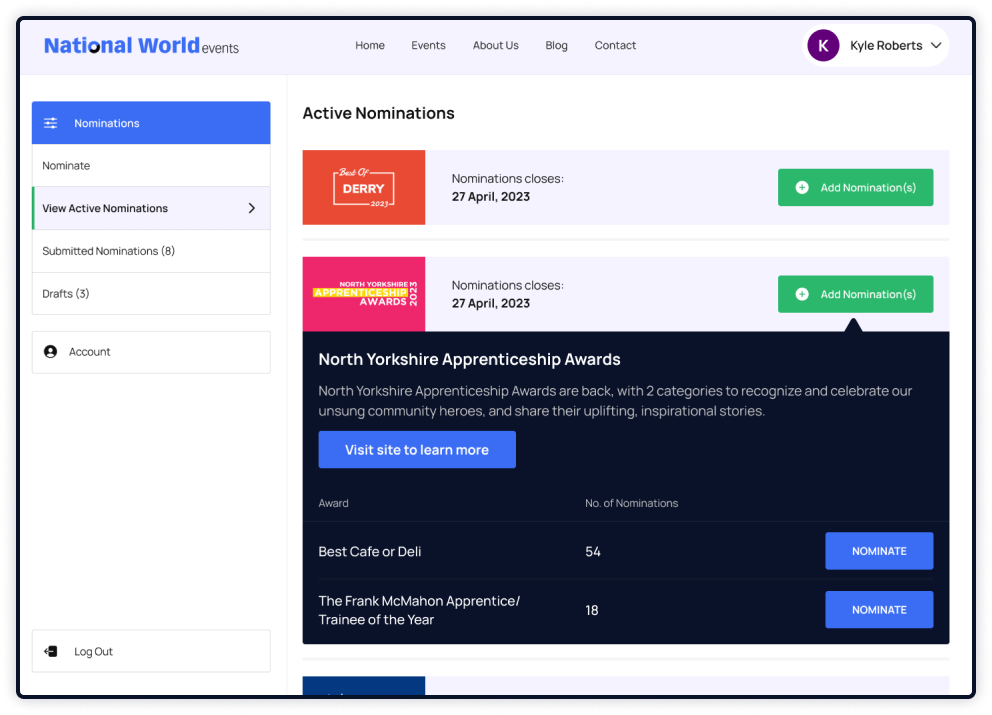
Principle of Progressive Disclosure
Progressive disclosure is a design technique that involves revealing information and options gradually as needed, rather than overwhelming the user with too much information at once. This approach was applied to help manage complexity, improve usability, and keep users focused on the task at hand by reducing cognitive load.
Why it was applied
- Improves User Experience: Step-by-step forms guide users through the process, providing a clear path to follow. This structured approach can make users feel more confident and less frustrated.
- Enhances Engagement: Users are more likely to stay engaged with a multi-step form, as each step feels like a small, achievable goal.
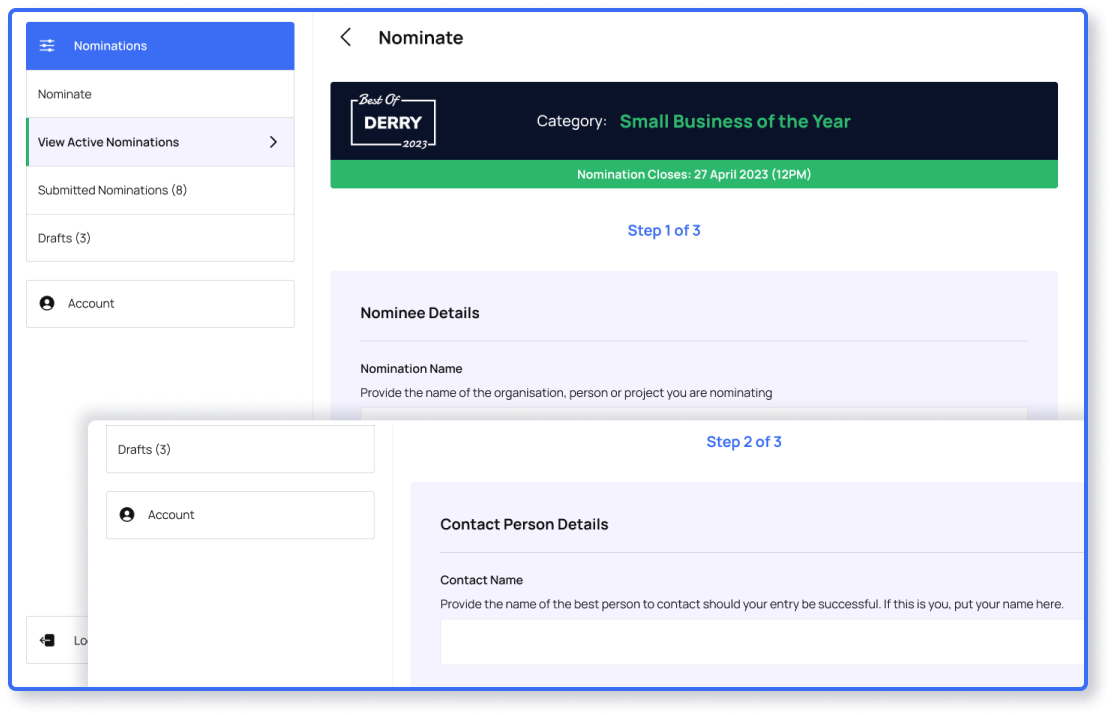
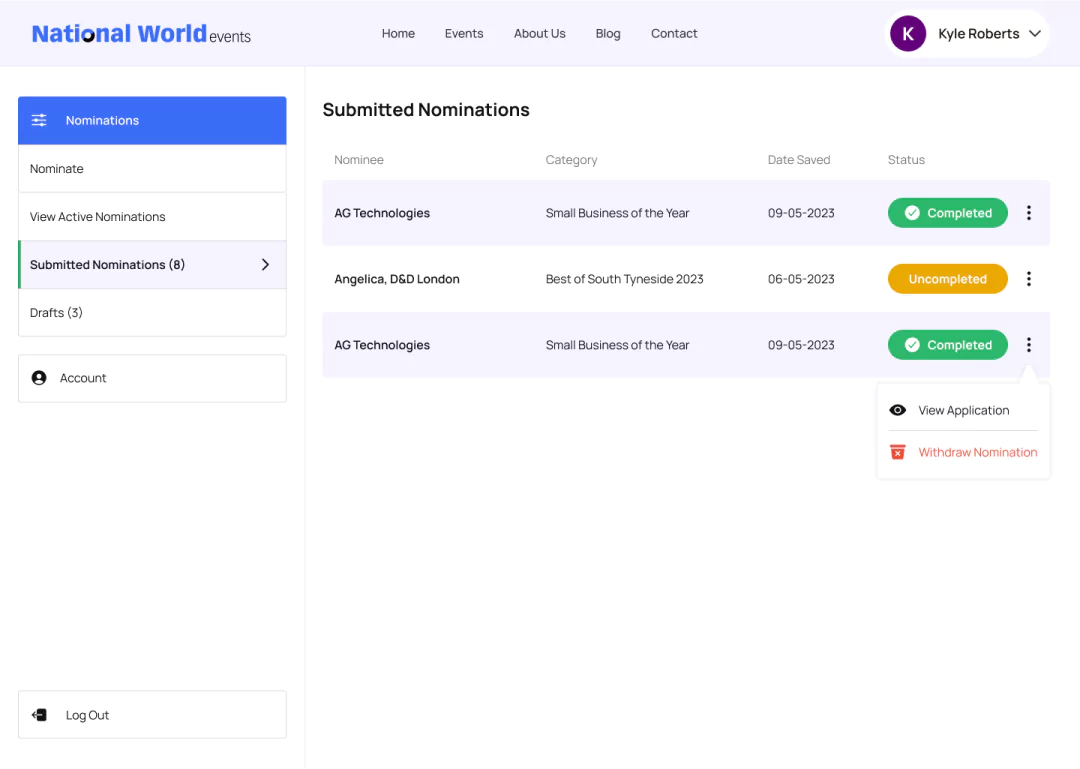
Principle of Progressive Disclosure
Progressive disclosure is a design technique that involves revealing information and options gradually as needed, rather than overwhelming the user with too much information at once. This approach was applied to help manage complexity, improve usability, and keep users focused on the task at hand by reducing cognitive load.
Why it was applied
- Improves User Experience: Step-by-step forms guide users through the process, providing a clear path to follow. This structured approach can make users feel more confident and less frustrated.
- Enhances Engagement: Users are more likely to stay engaged with a multi-step form, as each step feels like a small, achievable goal.
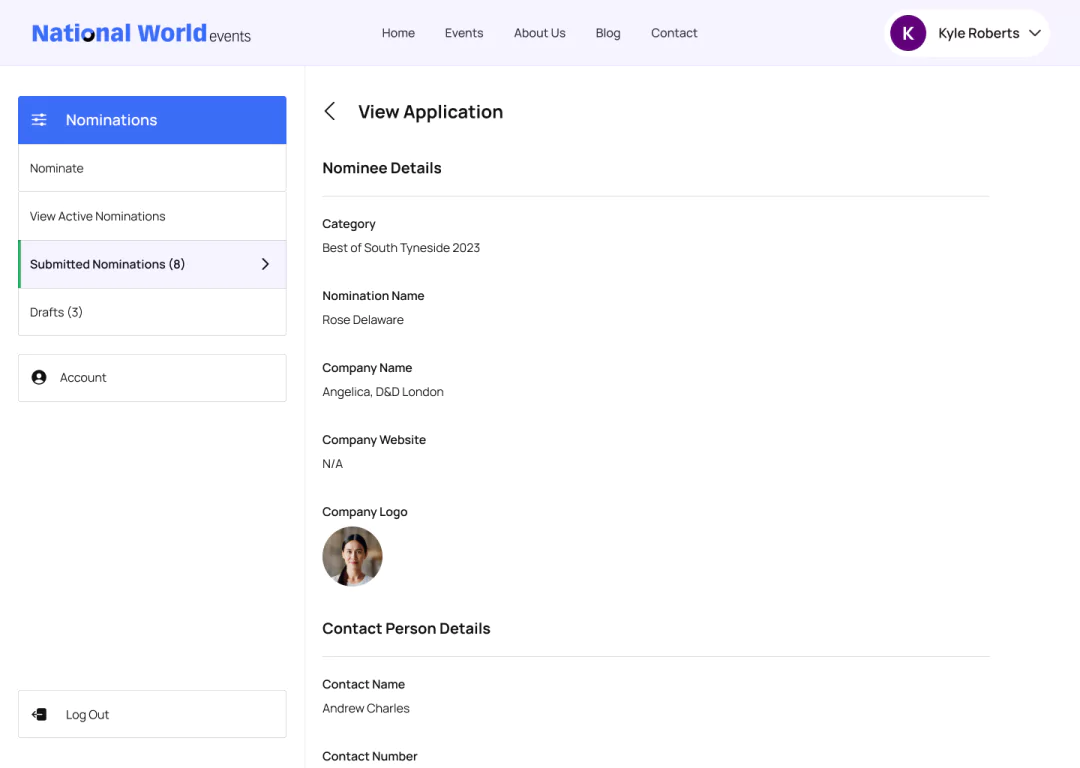
Ability to Review Submissions
Following Nielsen's sixth heuristic, "Recognition Rather Than Recall", this feature ensures that nominators do not have to rely on memory to recall their submissions. By making their applications easily accessible for review, the cognitive load on users is reduced and their ability to verify and reference their past submissions is improved, enhancing overall usability and satisfaction.
Judges
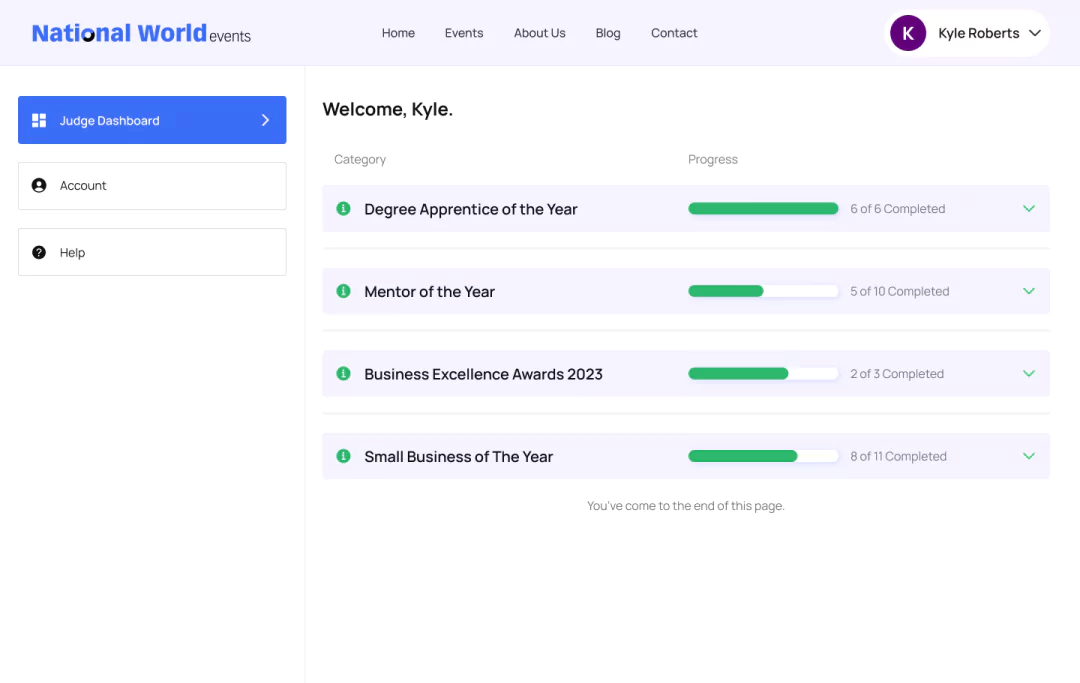
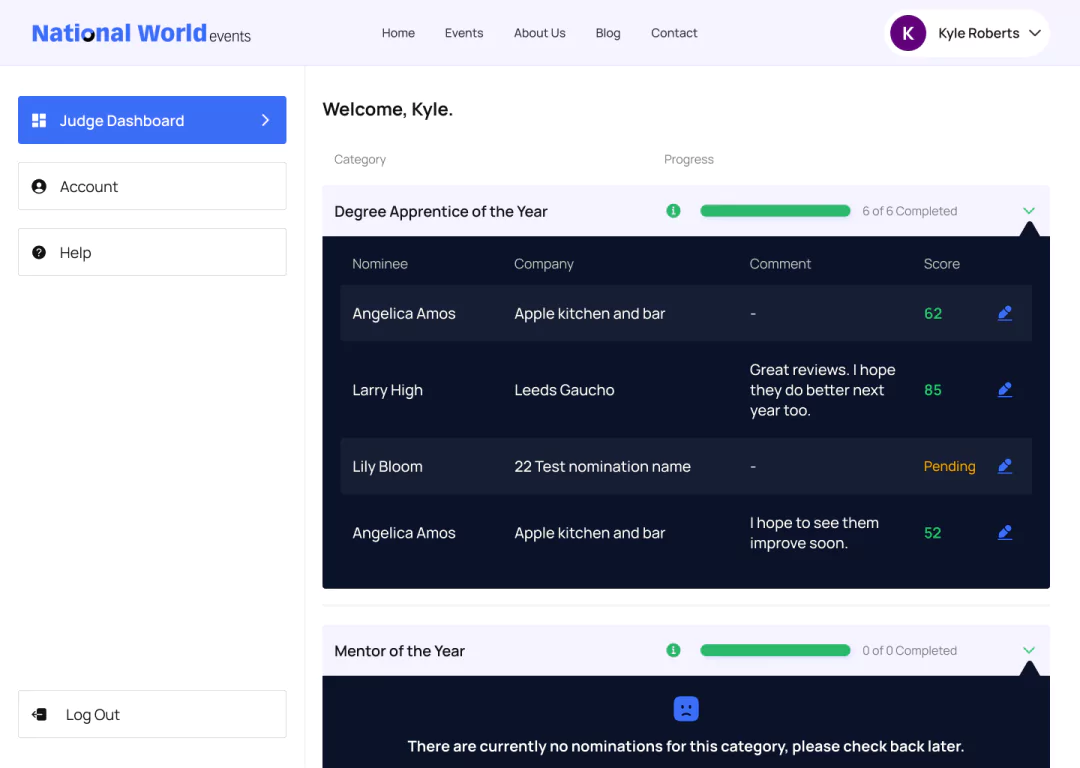
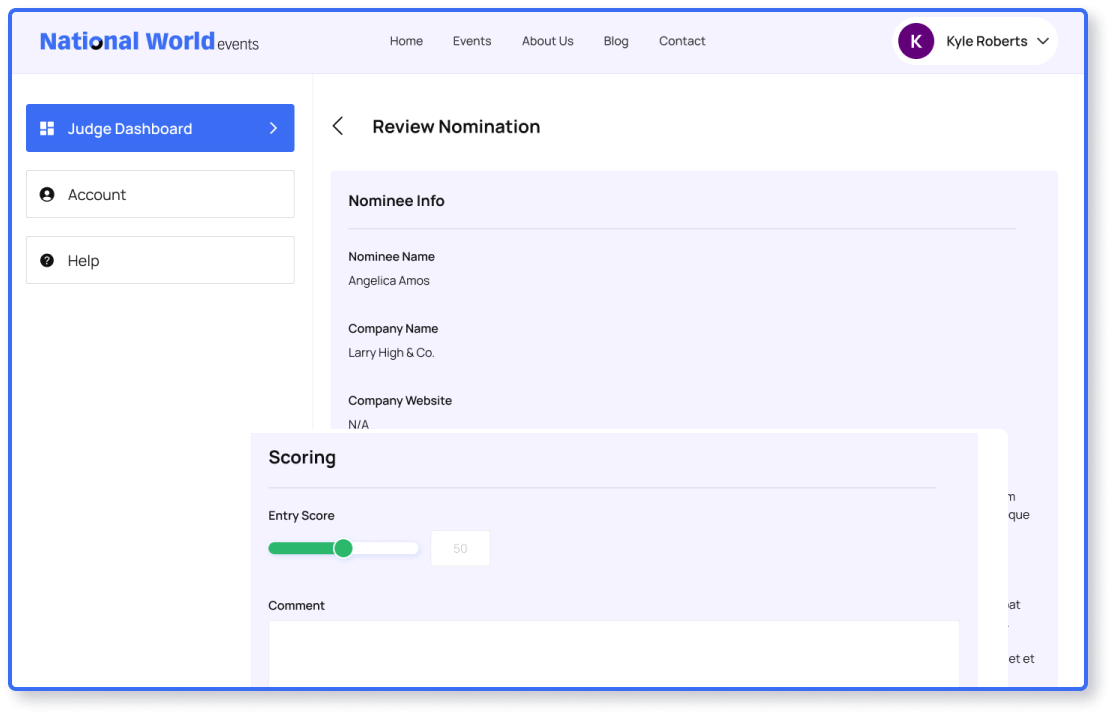
Event Managers
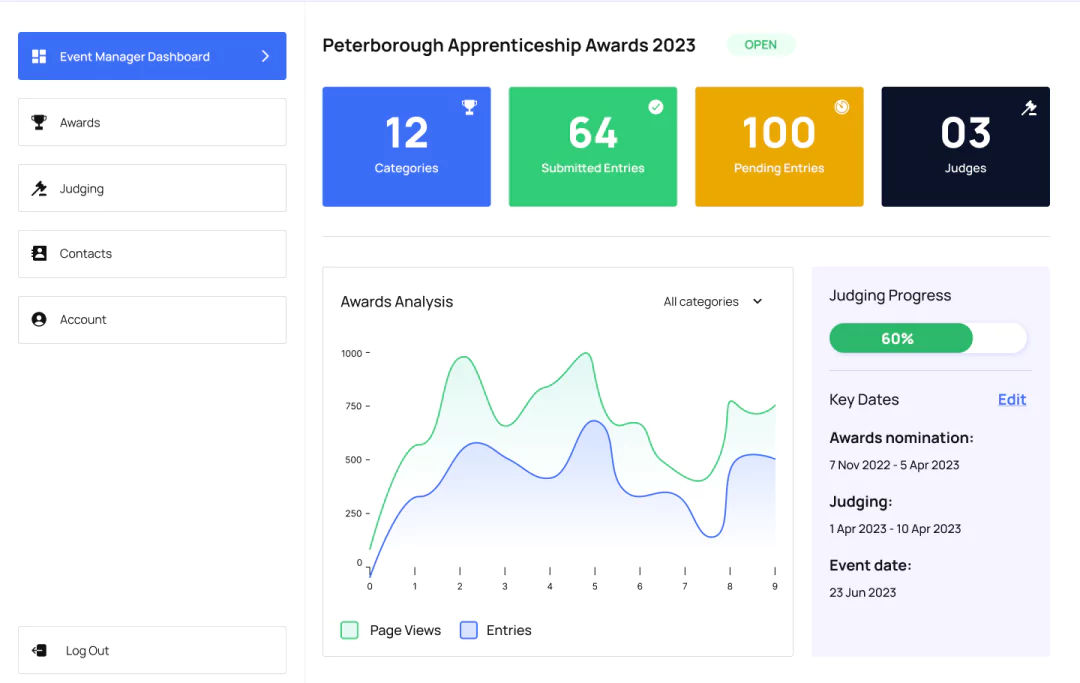
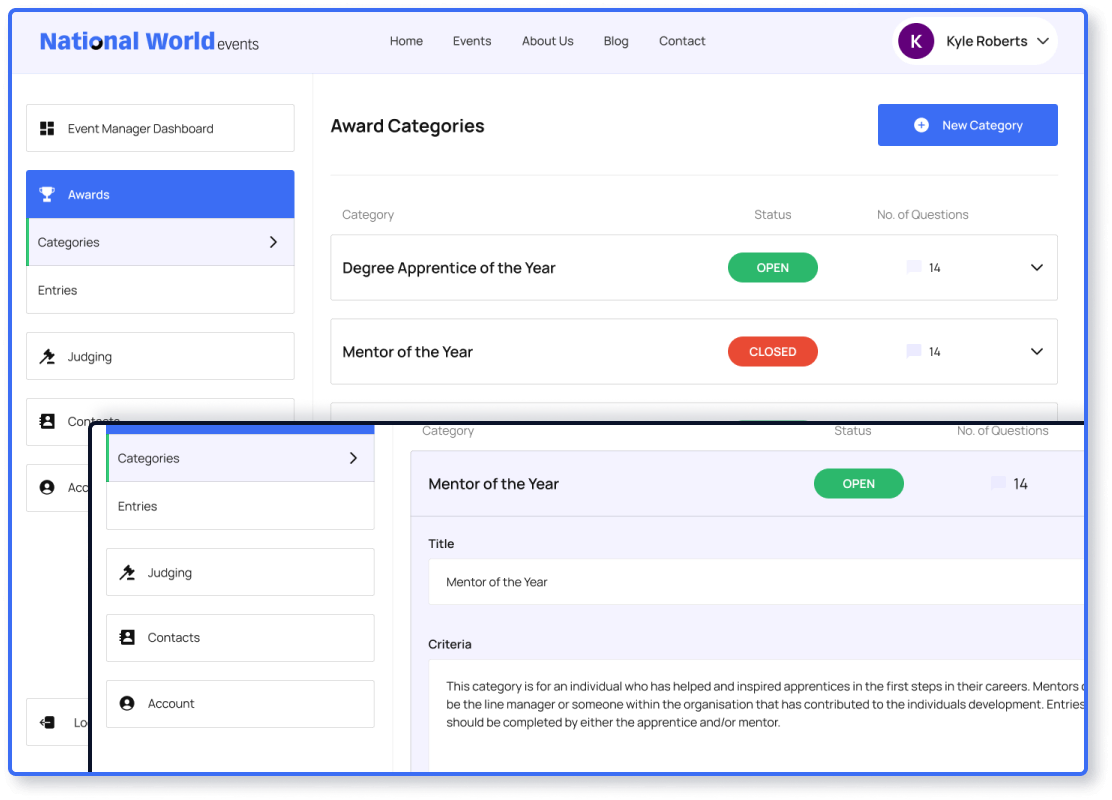
The submitted nomination entries are shown in another screen, where the manager can see the number of submitted nominations under that category, and the number of the scored nominations.
The total score across board from all the judged judging that category is also displayed, as well as the average to help choose the top scores. The manager is also able to view each nomination, the scores from the judges, as well as the comments.
A visual element (award icon) is included in the top scored entry to help the manager easily identify nominations to prioritize for the award event.
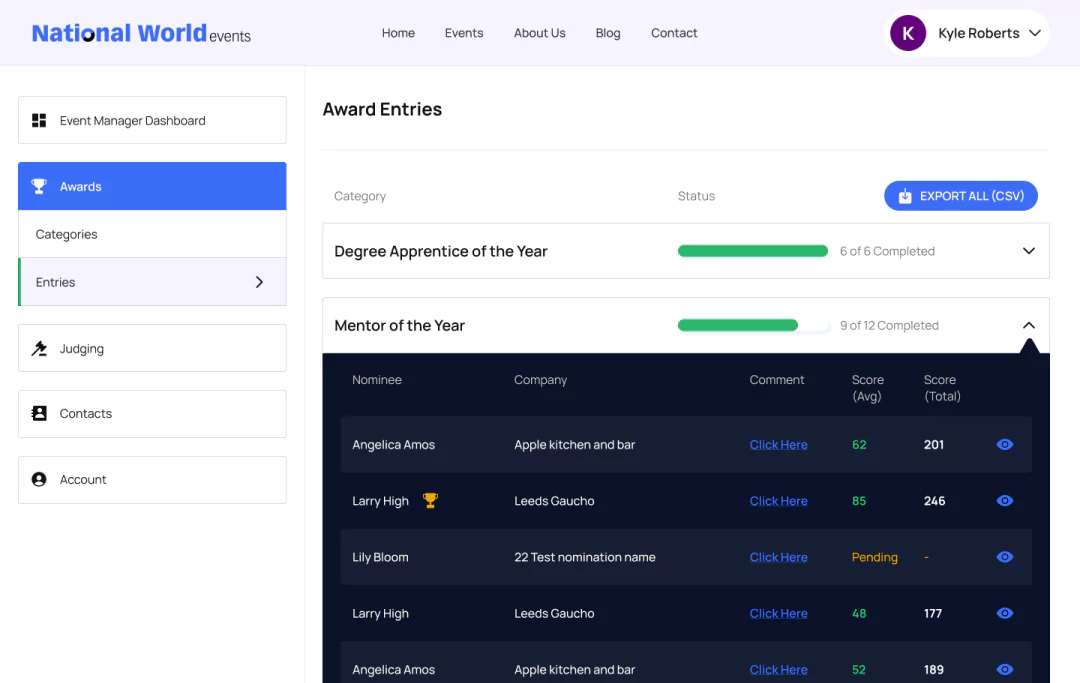
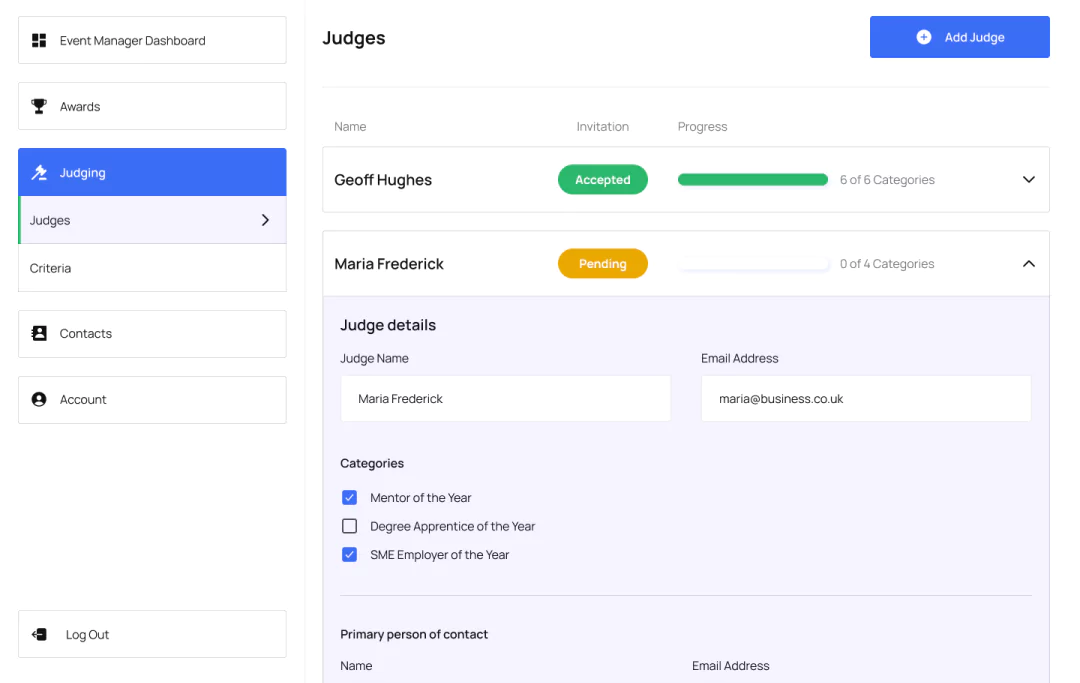
The manager has the flexibility to add and invite judges by entering the judge’s name, email address, and the categories the judge is invited to score.
The event manager is also able to see from this page if the judge has accepted their invitation or if it’s still pending, as well as their scoring progress.
Results and impact
The design and development of the nominations portal for award events was completed successfully and yielded significant positive results and impacts:
- Increased Efficiency:
The new dashboards streamlined the entire process, reducing the setup time for event managers by at least 40%, saving countless hours over time for several events. This is thanks to the platform being built to integrate with the individual event websites to pull required information and managers can manage information from one point without needing to recreate it on the nominations portal. - Cost Saving:
Moving away from a third party solution to an in-house web app saving the company on software cost of over £100,000 for over 100 events launched on the portal. - Improved User Experience:
Nominators and judges reported a 47% increase in user satisfaction scores, citing the intuitive and user-friendly interface. - Enhanced Data Management:
Building an in-house solution means all company data stays within the company (without relying on third parties) and can abide by company data policies, which is essential for user data protection. The event managers also benefit from reduced time spent on administrative tasks by being in control of the data they need. - Flexibility and Control:
Features such as the ability for nominators to save submission progress, withdraw and review their submissions led to a 20% decrease in nomination errors, improving the overall quality of submissions. - Increased Brand Trust:
Keeping the portal in-house means that users don't have to sign up to a third-party application and see consistent branding across the board, resulting in increase in trust and a stronger brand identity among participants. - Feedback system:
An in-built feedback system allows users to send feedback directly to the event managers. The feedback system collects first-hand information and highlights what's working well for user experience as well as areas of frustration, which is used to improve the system further. - Scalability:
As the company and team keep growing with acquisitions and new events, other events have been launched on the portal easily while allowing restricted access to external managers. The system allows for easy scalability (including incorporating feedback from users and event managers) as needed by the company.